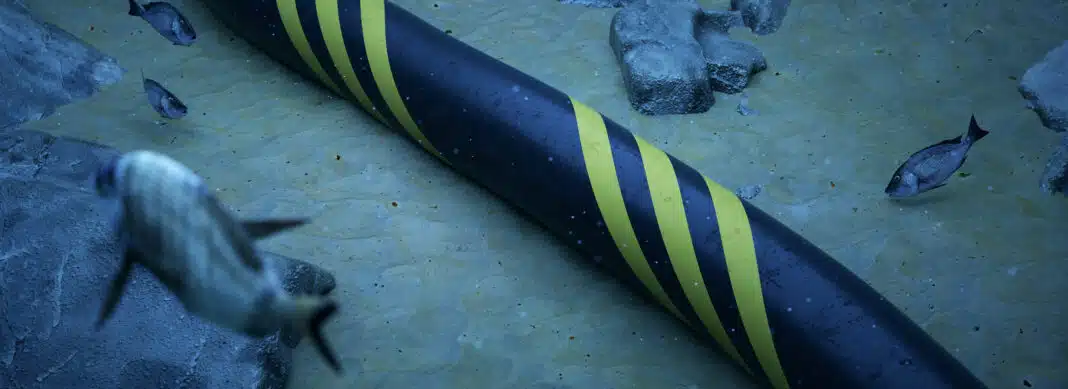A first-of-its-kind seafloor sensor aimed at monitoring the various processes that shape the seafloor has been tested this year.
The Geo-sense, a distributed acoustic sensing (DAS) system, was developed by researchers from the Monterey Bay Aquarium Research Institute in collaboration with Sintela, leveraging the combined expertise of the two entities in fiber optic sensing, seafloor geology, and marine engineering.
Geo-sense is an innovative technology that revolutionizes fiber-optic cables, turning them into expansive sensor networks. By tracking the changes in laser light along the cable, the technology can identify disturbances on the seafloor.
Geo-sense does this by using ultrashort laser light pulses sent through a fiber-optic cable, analyzing millions of minute reflections (backscatter) to effectively turn the cable into a motion detector. What’s more, the technology can monitor changes over extensive distances of over 100 kilometers (62 miles). Geo-sense can capture high-resolution data on seafloor processes. Using Geo-sense, researchers can detect variations in seafloor terrain and geology within the range of one to 10 meters (three to 33 feet). This offers a broader range and monitoring periods, enabling the study of seafloor processes that were previously too difficult to observe.
Commenting on the new technology, MBARI Seafloor Processes Team Lead Senior Scientist Aaron Micallef stated:
“Geo-Sense represents a significant milestone in the adaptation of distributed acoustic sensing technology for ocean science. This groundbreaking instrument was made possible by the innovation of the MBARI team and our collaborators, and paves the way for the wider application of this powerful new sensing technology for seafloor hazard detection, coastal resilience, and deep-sea exploration.
We aim to transform our understanding of the onset and evolution of active seafloor processes. Data from Geo-Sense will enhance early warning systems for offshore natural hazards and improve insights into the role of seafloor processes in oceanographic dynamics.”

